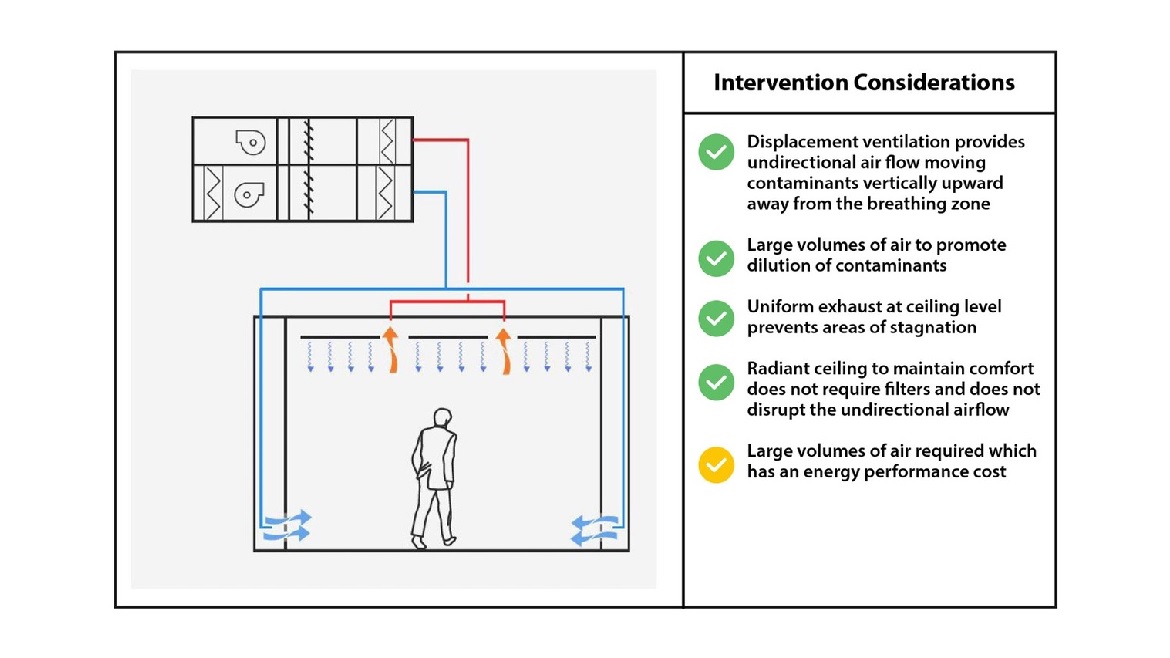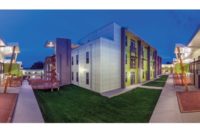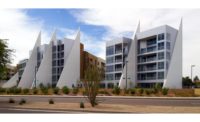With unprecedented wildfire activity in Canada and more expected this season across North America, building owners are seeking ways to reduce the health hazards to occupants.
To protect against smoke infiltration and to reduce impacts of fine particulate matter, called PM2.5, experts at Buro Happold offer advice on minimizing contaminants in buildings and effective strategies for heating, ventilation and air conditioning systems. Sources on this timely topic include engineers Justin Schultz in Buro Happold’s San Francisco office and John Rozeluk in Los Angeles. All sources bring wide experience in building decarbonization and sustainability as well as design for wildfire and smoke impacts across the United States.
Wildfire season considerations
Current guidance for the wildfire season is to use a large degree of recirculation for ventilation. New buildings and renovations now take this into account to provide energy-efficient, cost-effective solutions. Obstacles to maintaining a healthy internal environment include clogged filters in air handler units and fresh air supplies that are polluted by smoke.

Diagram courtesy of Buro Happold
Possible interventions and example scenarios offered by Buro Happold include:
- Unavoidable recirculation of central air: Where recirculation of air cannot be avoided or reduced sufficiently, building owners should consider air scrubbers on the exhaust air and high-grade filters, known as high-efficiency particulate air filters rated MERV 15. MERV stands for minimum efficiency reporting value and indicates an air filter’s effectiveness at decreasing airborne particles and contaminants.
- Mixed mode ventilation: A mixed-mode ventilation system is suitable for natural ventilation for the majority of the time. In the event of poor air quality due to wildfires, a local mechanical ventilation with heat recovery system can be used to provide minimum fresh air.
- Local modifications to centralized systems: Where only local modifications are possible to a centralized HVAC system, building owners can consider in-room modifications such as forming discrete bulkheads to allow horizontal air introduction.
- Displacement ventilation/UFAD: Displacement ventilation or underfloor air distribution introduces air at a low level with a unidirectional air path to exhaust vents located higher in the interior spaces. This washes clean air over the occupants and extracts contaminants at the ceiling.





Report Abusive Comment